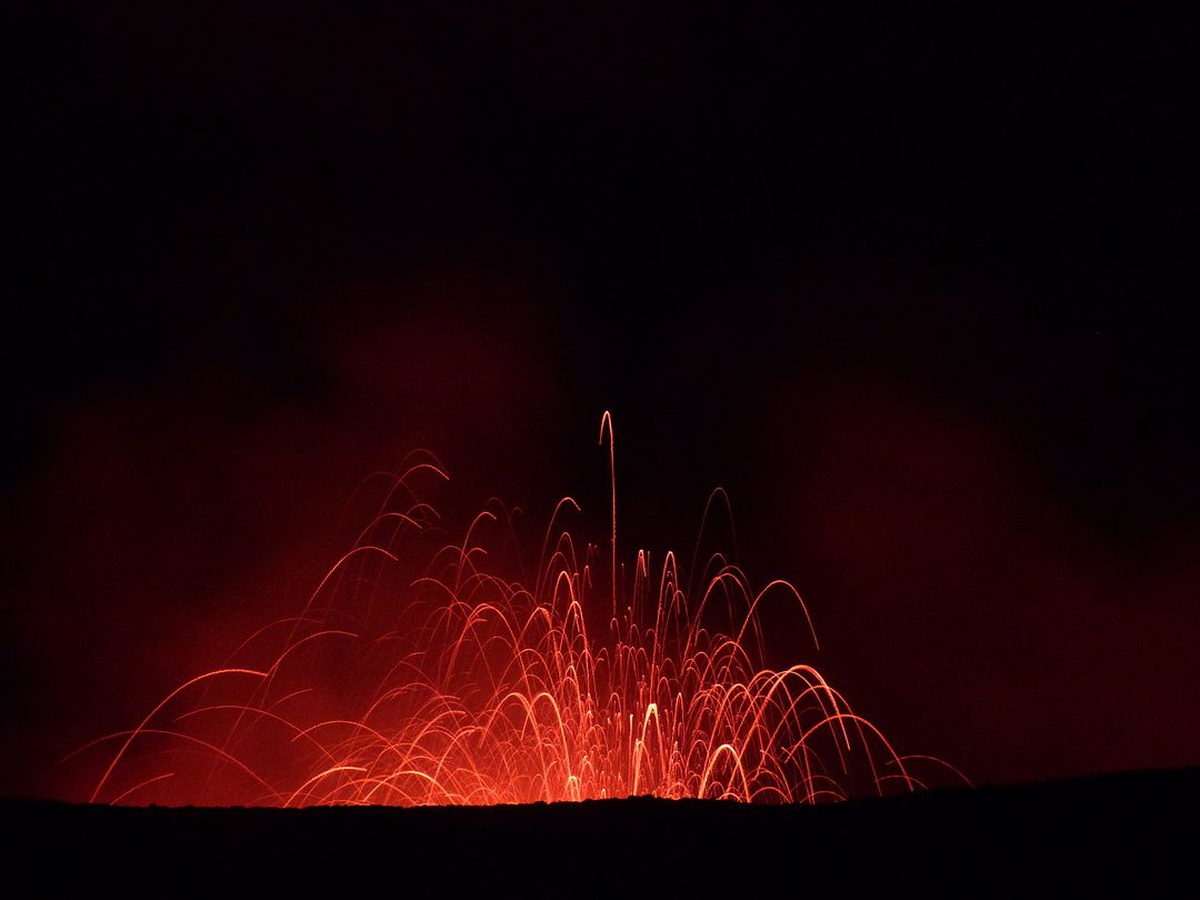Speaker
Dr. Conor Bacon is currently a post-doctoral research scientist on the AVERT (Anticipating Volcanic Eruptions in Real Time) project at the Lamont-Doherty Earth Observatory, Columbia University.
More informationThe last decade has seen a number of large-scale magmatic intrusions in effusive basaltic systems captured in ever higher seismic and geodetic resolution—the eruptions of Bárðarbunga in 2014–15, Kilauea in 2018, La Palma in 2021, and Fagradalsfjall in 2021 and 2022, for example, were all heralded by dyke intrusions that propagated laterally through the crust before breaching the surface, their paths delineated by micro-earthquakes and surface deformation as the dykes inflated. The dynamics and evolution of magmatic intrusions, and whether they ultimately develop into an eruption, are a complex function of both intrinsic factors—e.g. magma composition, viscosity, and rate of ascent—and extrinsic ones—e.g. pre-existing stress, changes in overburden pressure (e.g. Grímsvötn). It is therefore difficult, even in well-instrumented systems, to accurately forecast exactly how an ongoing intrusion might develop.
Consequently, developing means to make in-situ measurements and effective models of a number of these factors, in particular the pre- and co-eruptive deformation field, would provide valuable insight into these volcanic systems. Seismic anisotropy—the directional dependence of seismic wavespeeds—has been shown to be a reasonable proxy for the in-situ stress state of the crust, as well as any pre-existing fabric. In this talk, I will present recent work examining shear-wave splitting in local microseismicity in the Northern Volcanic Zone, Iceland, as well as during the 2014–15 Bárðarbunga and 2021 Fagradalsfjall eruptions.
